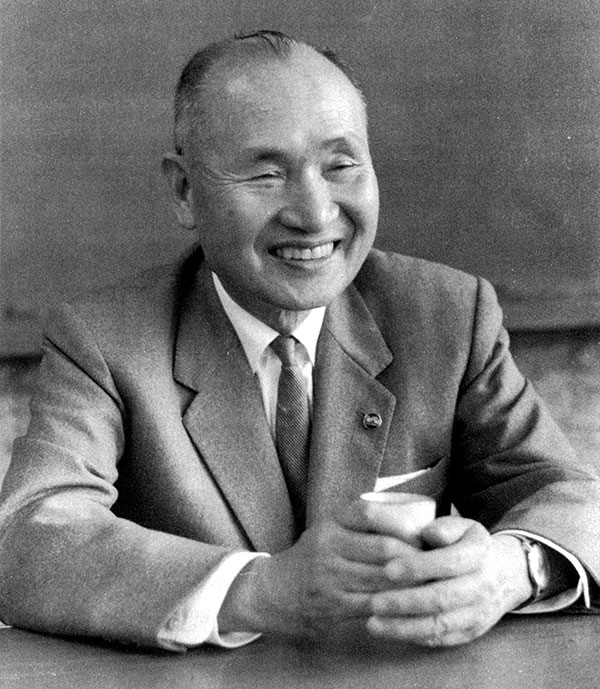Television is a broadcasting process sending video and audio footage to a remote location and reassembling them with a receiver, using information and communication technology. In 1924, Kenjiro Takayanagi became an assistant professor at the Hamamatsu Higher Technical School (now Shizuoka University’s Department of Engineering). He engaged in the study of “wireless distance vision”, which led to the developmental research of television in Japan. In September 1936, a seminar by Takayanagi, detailing the research into television, was held at the National Museum of Nature and Science, Tokyo. A television device was exhibited as a part of the museum’s permanent collection from the following day, gradually having the effect of making the technology seem to have realistic potential, rather than just being a pipe dream.
After the war, the television system, widely known in Japan as “terebi” or “TV”, became widespread, and further research and development has shown incredible progress, as seen in realization of ultra-high definition 4K and 8K footage. Shizuoka University and the National Museum of Nature and Science are co-hosting a special exhibition, commemorating the 100th anniversary of the foundation of the university’s Hamamatsu Campus, to introduce the engineering marvel of television, from its underlying principles and the history of its development to examples of the cutting-edge technology of current research, through the demonstration of the latest 8K display and related historical references.






